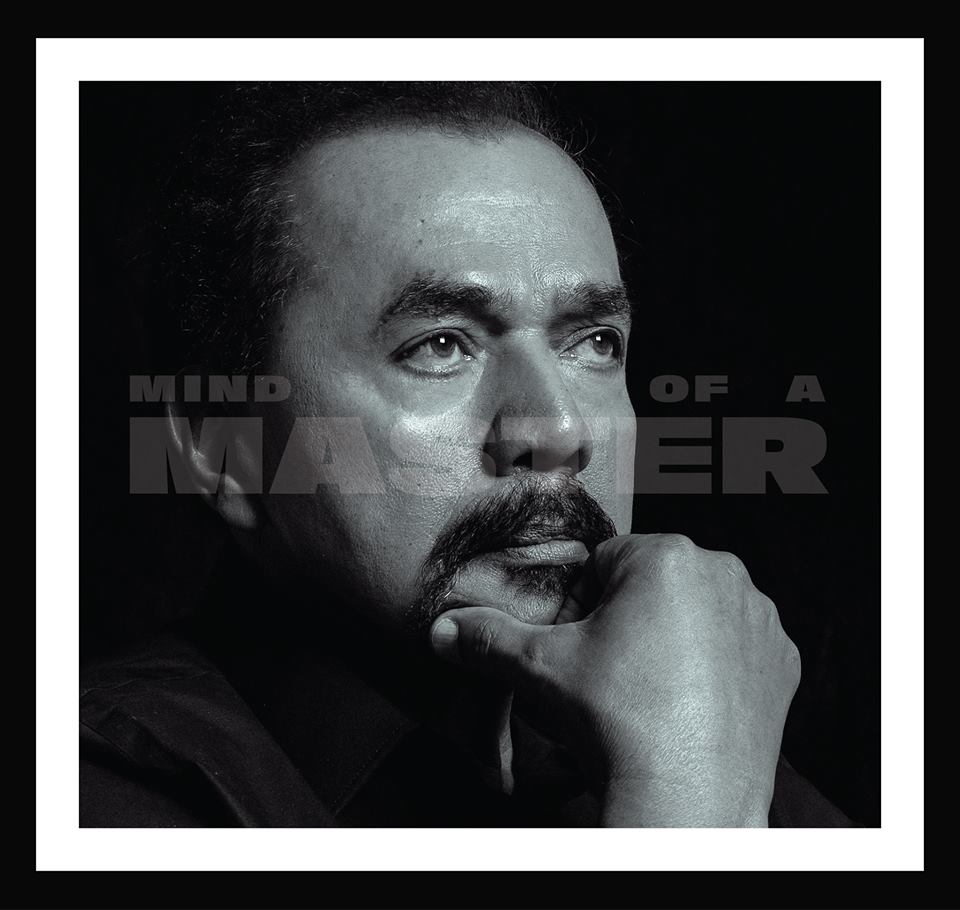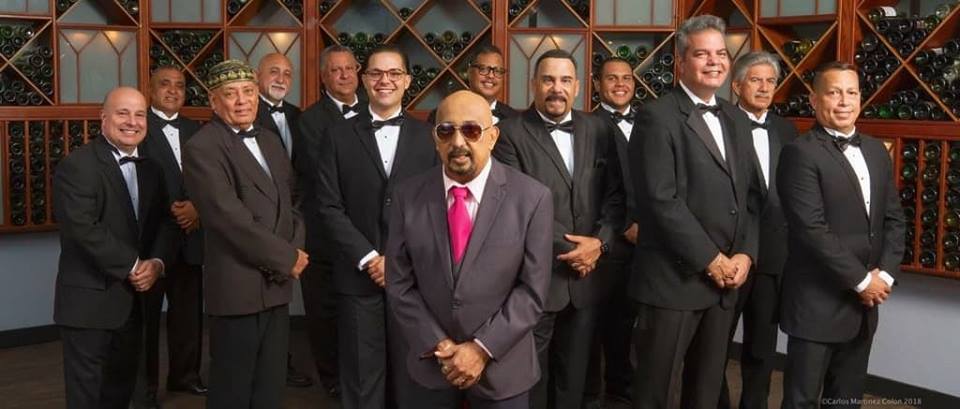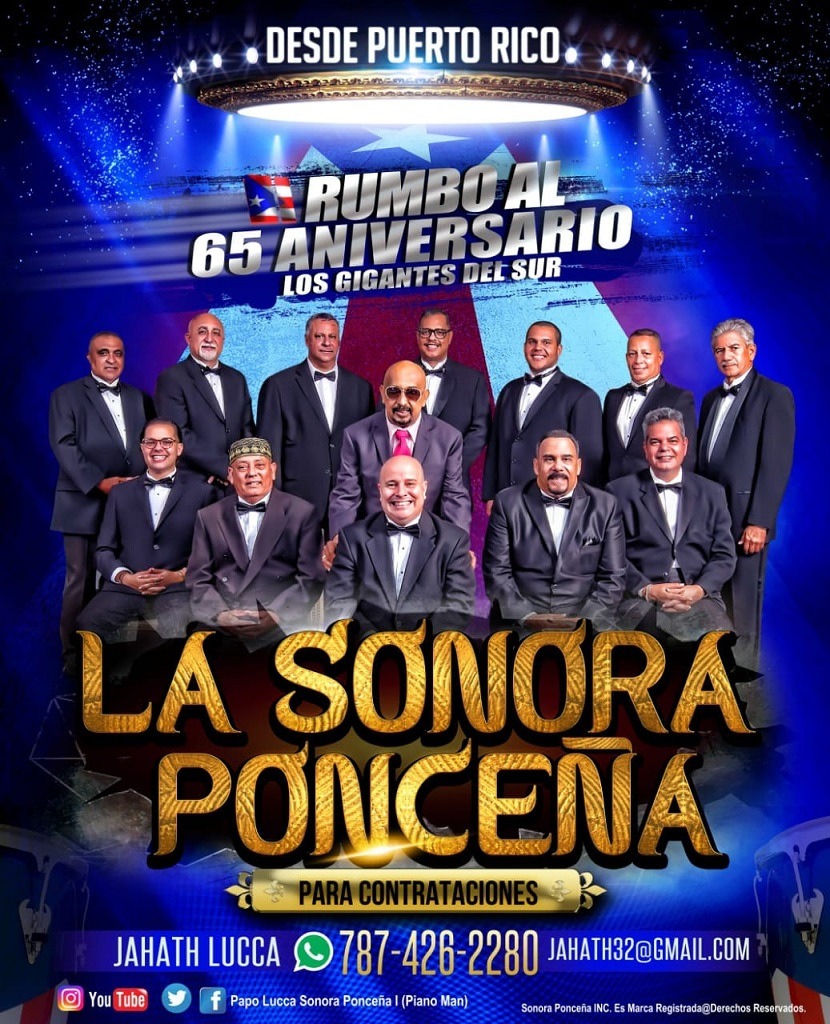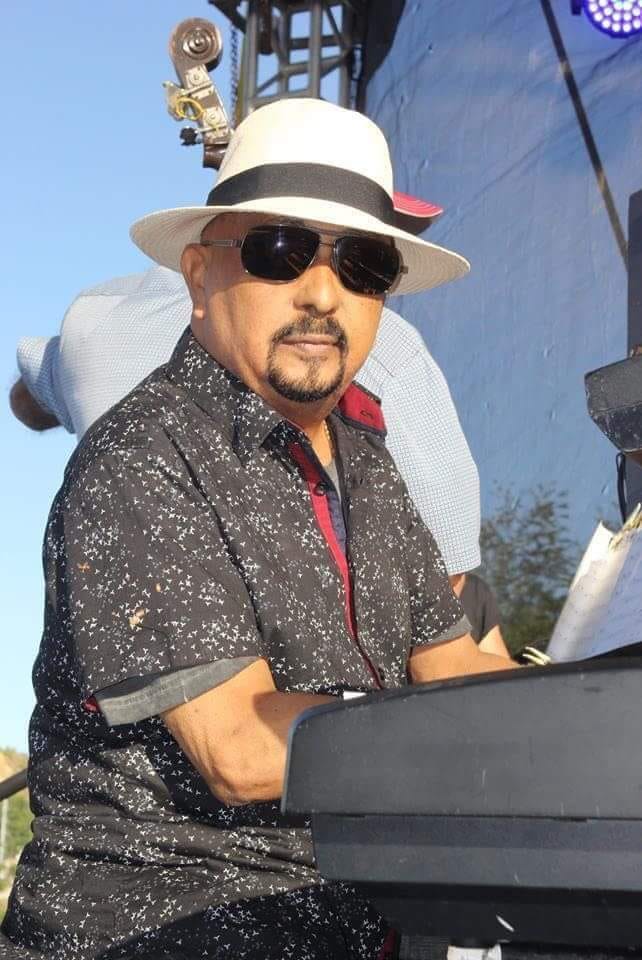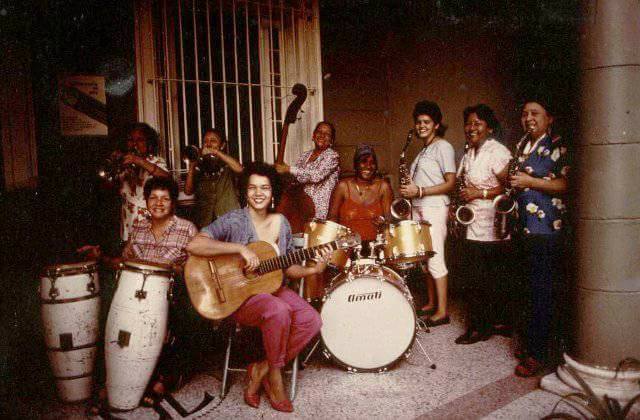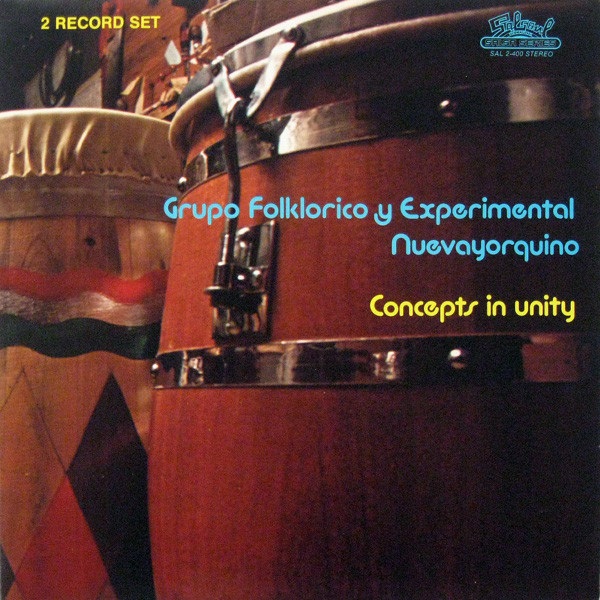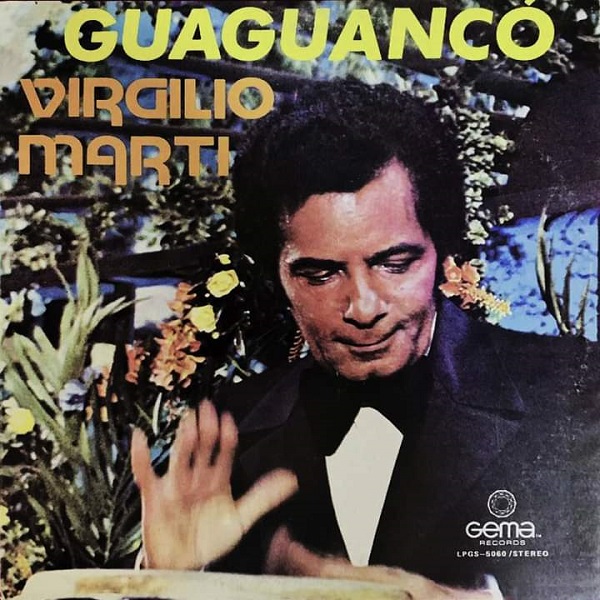North America / USA / New York
Salsa Warriors Radio began its program in June 2014 as an ambitious and supportive project to enhance the most famous and danceable tropical genre in the world for more than three decades, Salsa Music. Among 15 disc jockeys friends, during a celebration, came the idea of this online station with live DJs that would play Salsa 24 hours a day, 365 days a year; just Salsa from yesterday, today and always.

So it was! This digital station currently has 14 DJs from two continents (America & Europe) and they perform their daily work with the most variable Salsa music, which differentiates it from the main FM commercial radio stations in New York and the rest of the planet.
The name “Salsa Warriors Radio” was chosen with great success by these 15 friends to identify those people willing to fight for the Salsa genre. Likewise, this corporation has three owners:
“DJ Boricua” Renan Morales, Andrés Padua and Harry Trinidad, elected by the 15 founding DJs and of which 9 continue with their radio programs on the digital station.

To be a Salsa Warriors’ DJ you must have experience, mastery with computers and a lot of Salsa music.
After overcoming the estimated listeners of 700 people per month in its beginnings to 194,000 listeners worldwide each month in their different shows after four years, Salsa Warriors Radio also bets on national Salseros events after 2 months of its official opening as a radio station alternative.

Since September 2014, Salsa Warriors have been sponsors of 25 Salsa musical events on the East Coast of the United States, such as: Empire City Casino in Yonkers, NY and two annual Salsa concerts in the summer at Flushing Meadow Park, Queens also in New York with massive attendance of professional dancers, amateurs and lovers of salsa in general.

In addition, they have had the support of great and renowned world-renowned artists who have attended these events, such as: Yolanda Rivera, Ismael Rivera Jr., Pedro Brull, Gilberto Colon Jr., Eddie Montalvo and Adalberto Santiago, among many others.
This station, broadcaster of the salsa culture, can also listen to it through the Roku system, accepting its channel “Salsa Warriors”. And if you are away from your PC you can listen to this digital alternative radio through the application for Smartphone with the same name.

Salsa Warriors Radio is committed to supporting both the Salsa masters with great experience and the new generation, the latter being the key to continue with the progress of this musical genre, said Renán Morales. Furthermore, Salsa Warriors radio maintains its plans to continue holding mass events, to maintain the digital station and bring orchestras from Puerto Rico or from other parts of the world to New York soon.
DJs Staff:
| ★ Andrés Padua | ★ Harry Trinidad | ★ Mario Chiclana |
| ★ Esther Díaz & Jules Asencio | ★ Carmen Cepeda | ★ Roy López |
| ★ Howard Turner & Evelyn Moro | ★ Jaime Soler | ★ Tito Massas |
| ★ Jules Asencio | ★ Monica Dobroiu | ★ Fabian Rivera |
| ★ Renan Morales “Dj Rey Boricua” | ||
Renán Morales was born in New York of Puerto Rican parents. He is the founder and Salsa Warriors Radio’s owner. His Radio Show “Salsa Es Lo Que Hay” airs on Wednesdays at 7:00 pm and Thursdays at 8:00 pm. His specialty is Salsa Dura and he has already broadcast 325 live shows. As “DJ Boricua” has performed at: White Plains – NY, Nyack – NY and in Connecticut.

“Para mí la Salsa es una música pegajosa que te habla del amor, sufrimientos, triunfos y cultura. Es un género que significa pueblo, orgullo y mucho sabor. La misión de Salsa Warriors es promover nuestra Salsa del pasado, presente y futuro para mantener el género en alto, al igual que la cultura de todos nosotros”. Renán Morales
For more information, visit www.salsawarriors.com or follow them on Facebook www.facebook.com/salsawarriors

To be promoted, write me to: [email protected]

